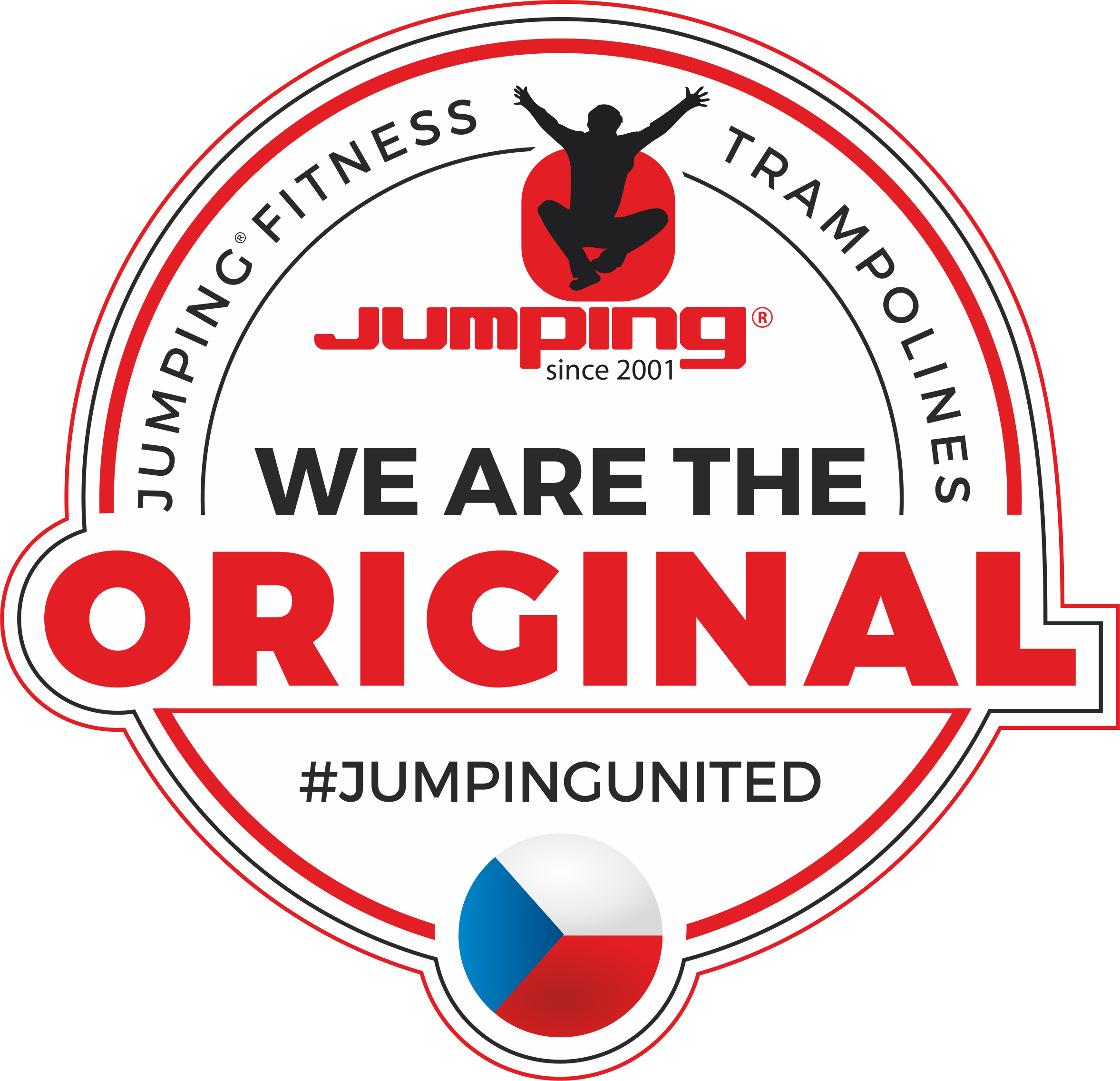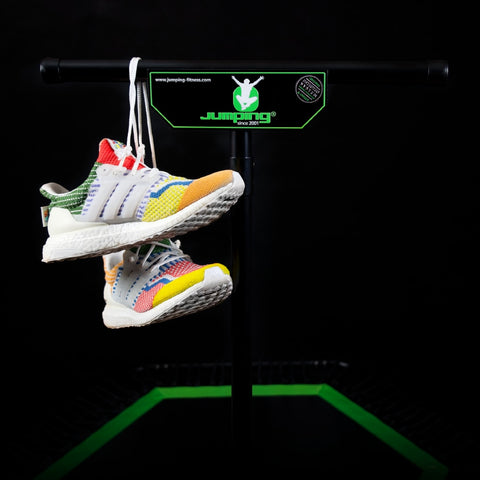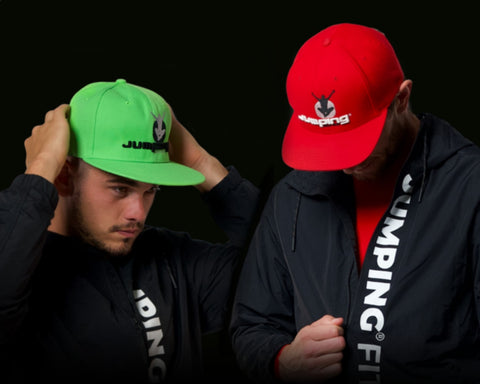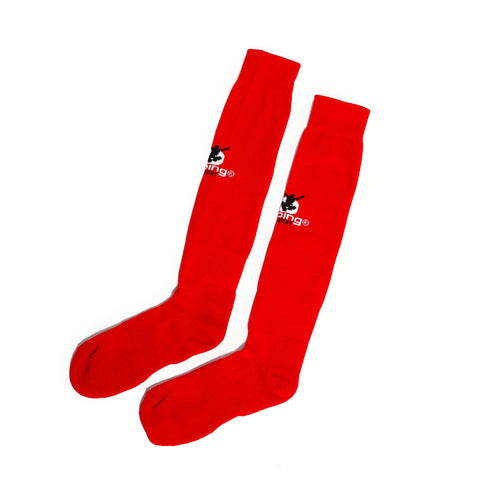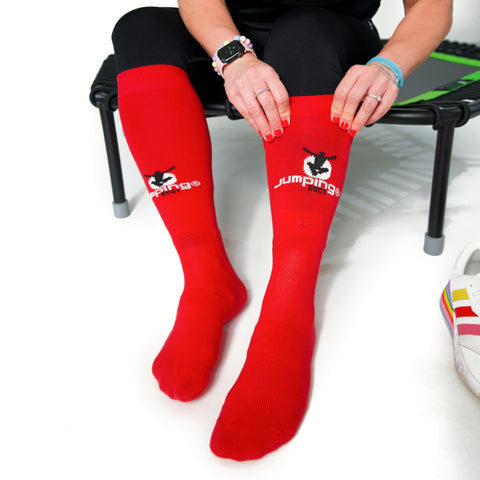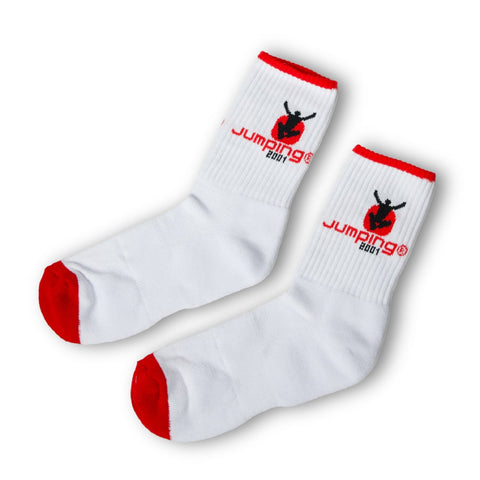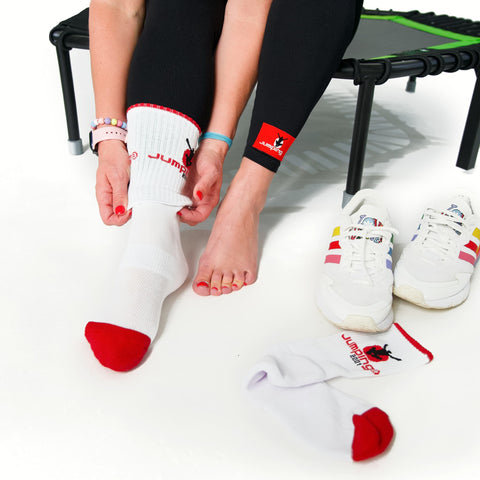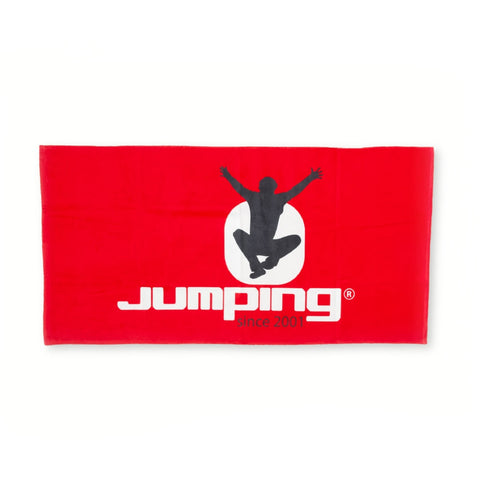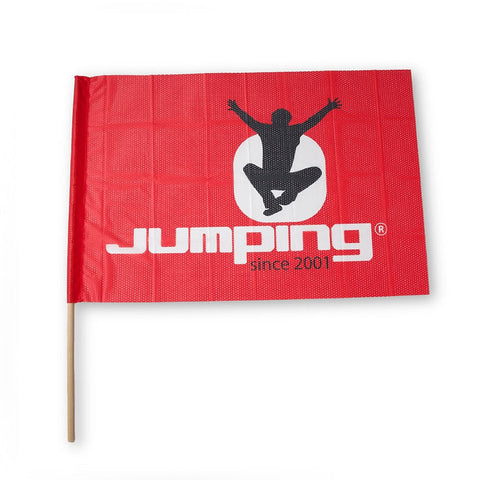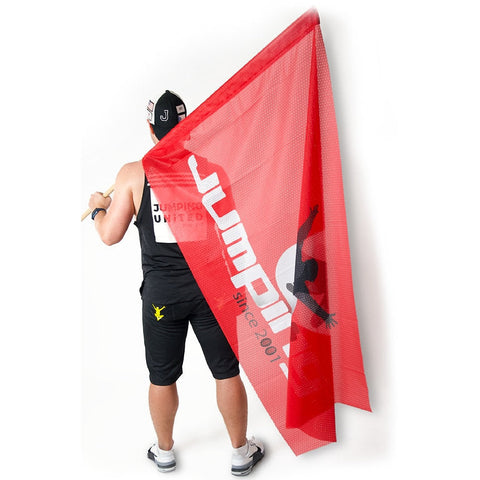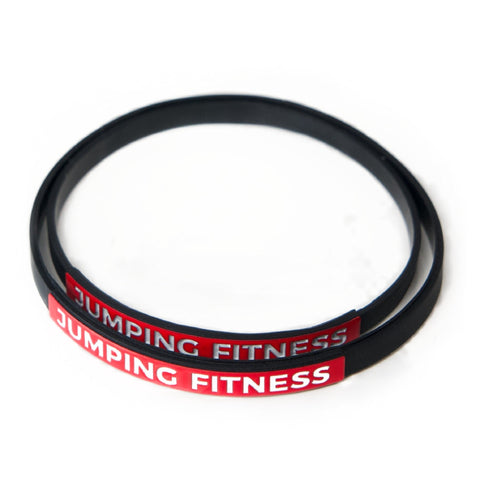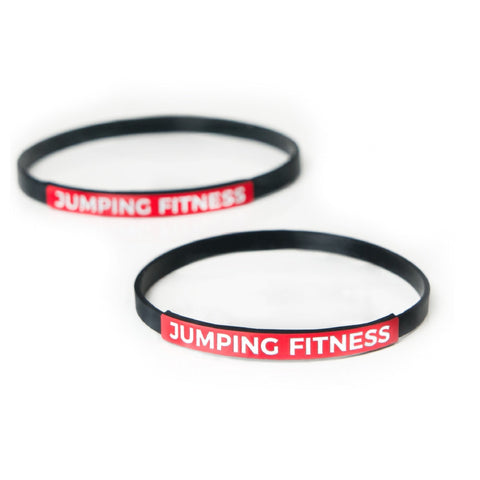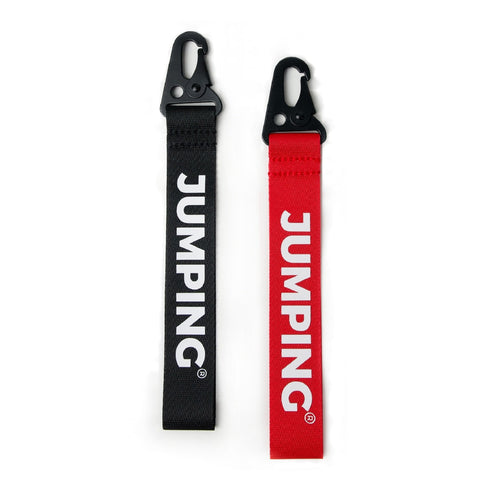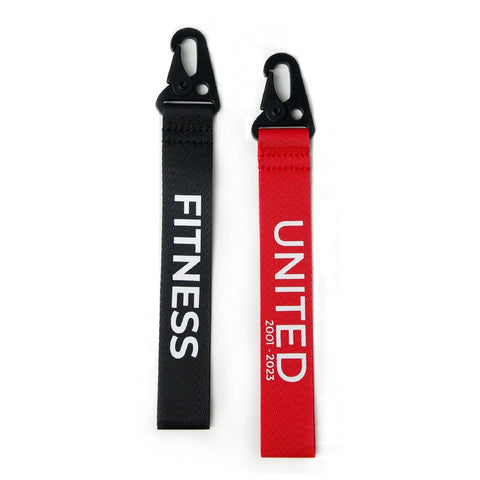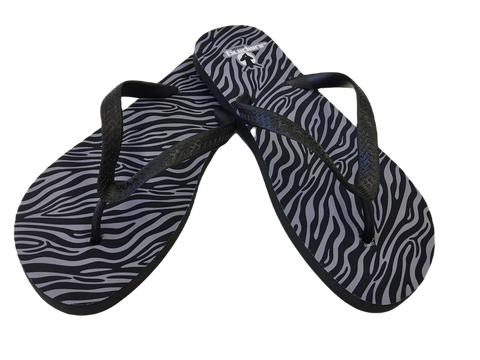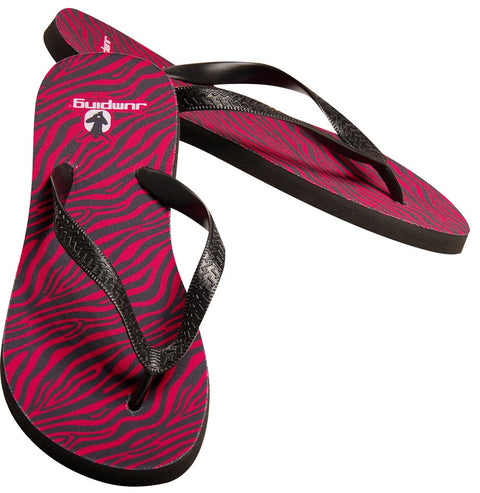I am often asked what shoes to use for Jumping® and whether to actually practice in shoes or without.
Let me tell you: IT'S NOT THAT SIMPLE.
I'll start with a marginally current "trend" and that is to exercise barefoot or in minimalist shoes.
I'll start with a marginally current "trend" and that is to exercise barefoot or in minimalist shoes.
Why is that? There are several reasons. Everything has its pros and cons. Nothing is just black or white. A long time ago we didn't run or walk in any shoes, and some nations don't wear shoes to this day.
Several studies have been done on this subject. The results were interesting. Those who ran barefoot were landing over the toe and middle of the foot, while those who ran in shoes were more likely to land over the heel. This was due to ground reaction forces, which were not as high for barefoot running over the toe as those for running in shoes. The harder the impact, the higher these forces are. Also, studies state that the bare foot has better sensorimotor properties than the shod foot.
The other side talks about barefoot creating stress on the tissues and joint capsules. And this can lead to overuse syndromes, recurrent joint failure and osteoarthritis. Not everyone can handle it! However, we're talking primarily about running as a particular activity here.
If it is an equipment exercise or even if it is a mass fitness activity, appropriate footwear is desirable.
Shoes were not created for nothing. For fitness use, the shoe has a so-called "protective function" in addition to health aspects. The shoe protects your foot from all external influences such as tripping, kicking, toe sprain, abrasion, .. and last but not least for hygiene reasons we should use shoes in a fitness environment.
A training shoe suitable for Jumping® should meet several criteria:
- the sole of the shoe should not be slippery, it should be flexible to adapt to all your movements
- the shoe should keep the ankle braced, so it should be firm both on the side and in the heel area
- ultra lightweight designs are preferable
- the right size and shape - pay close attention to the choice of size. The toe should not touch the toe of the shoe
the best option is a lace-up shoe that you can tighten as needed
Generally running shoes are not recommended for fitness centres and circuit training due to the heavy lifting involved.
But for the purposes of Jumping®, I would recommend the running shoe as it meets all the criteria listed above. In addition, running shoes have a "DROP" , which indicates the difference between the heel and toe of the shoe (usually stated in millimeters). I would recommend a "low" drop. It helps you to land without any obstacles on the middle of the foot and at the same time it is not as "aggressive" and demanding on the condition of the calves and achilles as the zero drop.
Definitely don't practice in what shoes:
- Leisure shoes: these were made for walking at a moderate pace somewhere around town. They are not reinforced or cushioned.
- "Converse": this type of shoe is "only" suitable for exercises in which the hips rather than the ankles play a more important role. For example, they are suitable for powerlifters.
And after what we have discussed together, it is clear to everyone that you should definitely not wear socks for Jumping®!
Finally, my recommendations for a particular type of shoe that suit me. I have tried hundreds of pairs of shoes of different brands and types on Jumping®.
For Jumping®, I have not found shoes from "Under Armour" suitable so far, which is a shame as their clothes are top notch. The other brands have so far neither offended nor flattered me. For the last two years, our whole team has been rocking the ADIDAS brand, specifically the "ULTRABOOST" type. Functionally, they meet 100% of our needs, but have a more urban style. The perfect combination. As a bonus, some are made from recyclable material. They are made using plastic waste from beaches and coastlines that would otherwise end up in the ocean. The other 50% of the yarn is made from recycled polyester. Great idea and I applaud them.
The right shoe can make everything different. - Jimmy Char
With Love, Jana
